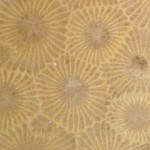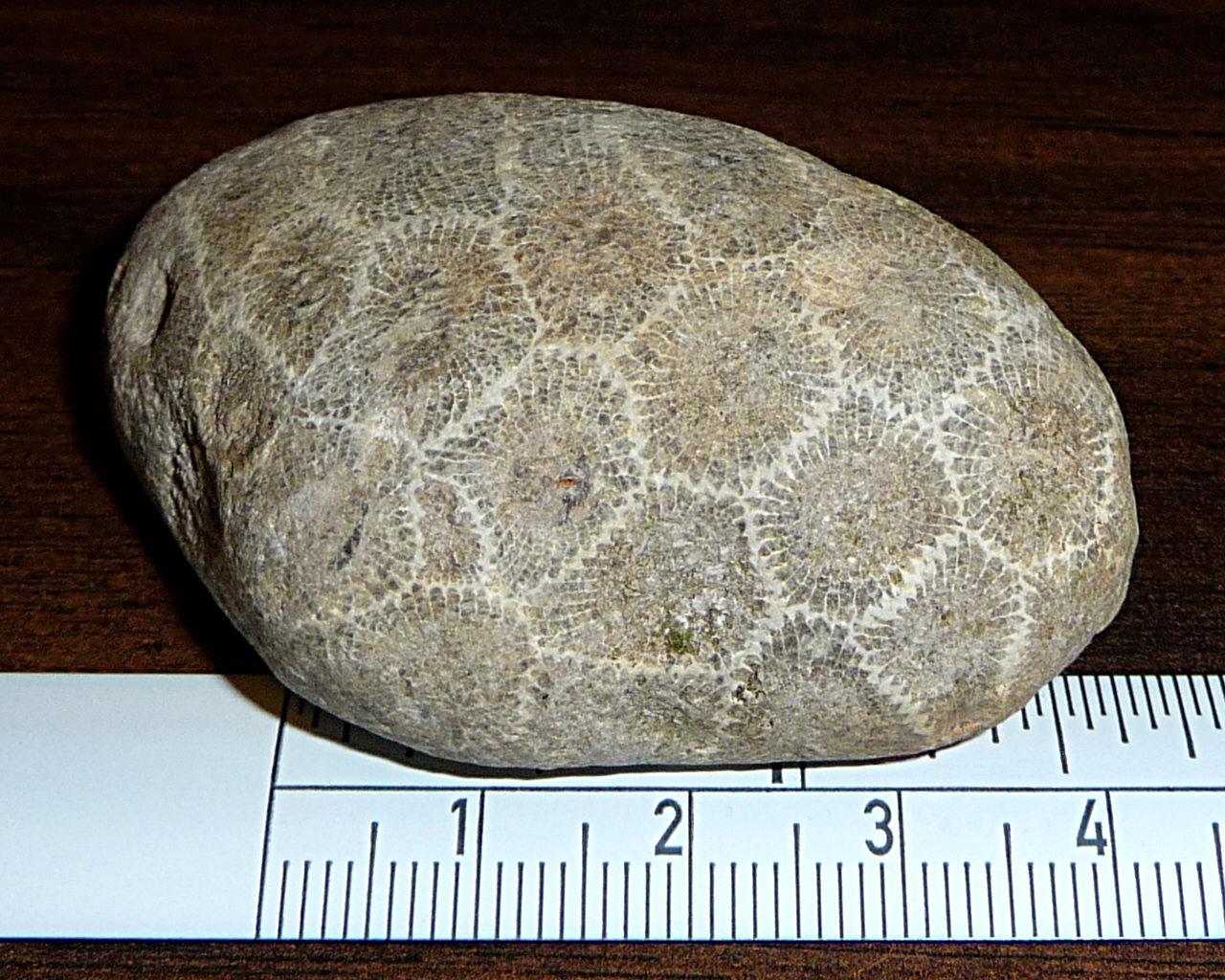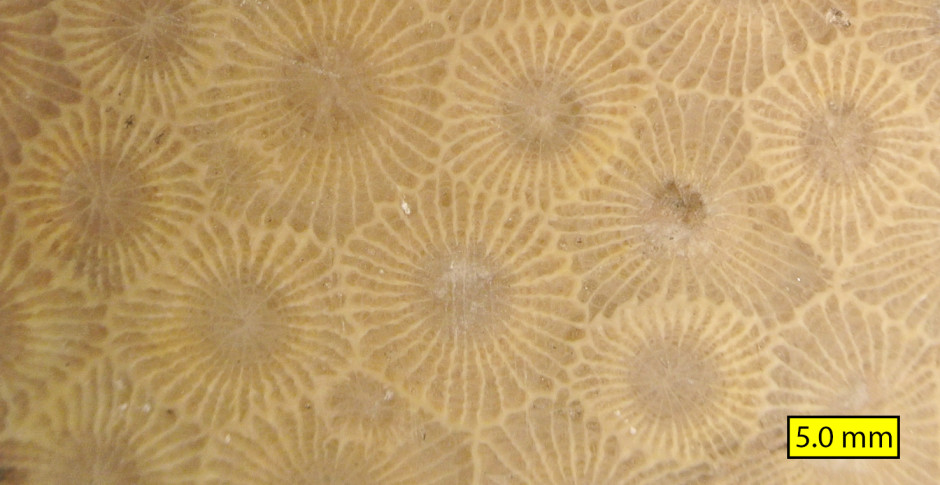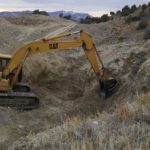
Known as the most prolific trilobite specimen source worldwide, the Trilobyte Me! Quarry operated by the folks at High Desert Gems and Minerals is where you can dig your own specimens of those iconic Utah trilobites. These classic specimens, most notably of the species Elrathia kingii are preserved in exquisite detail in the Wheeler Shale formation of Western Utah. The Wheeler Shale is a truly ancient rock and is 505 million years old, a time when Utah was very tropical, oriented close to the equator. The Trilobyte Me! Quarry gives the public a chance to explore one of the world’s best quality, most finely preserved fossil occurrences. Not only are a variety of trilobites found here, but other ancient sea life such as brachiopods, sponges, primitive crustaceans, and rare soft bodied animals.
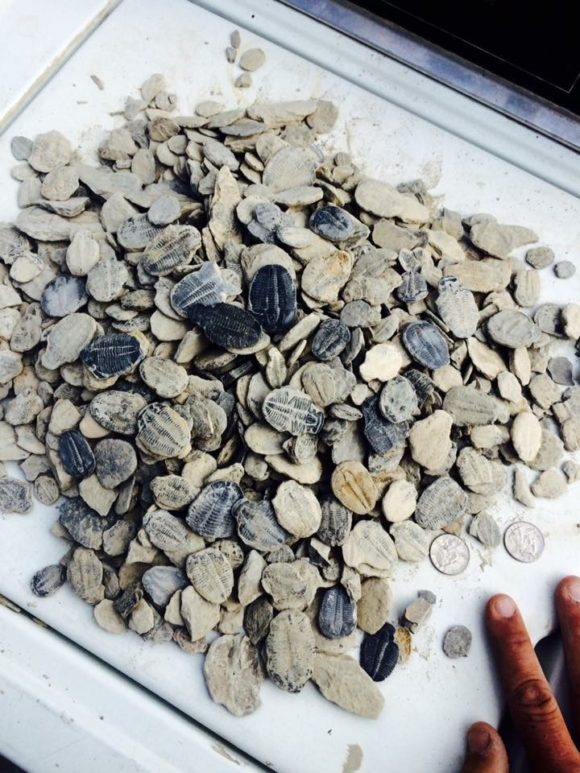
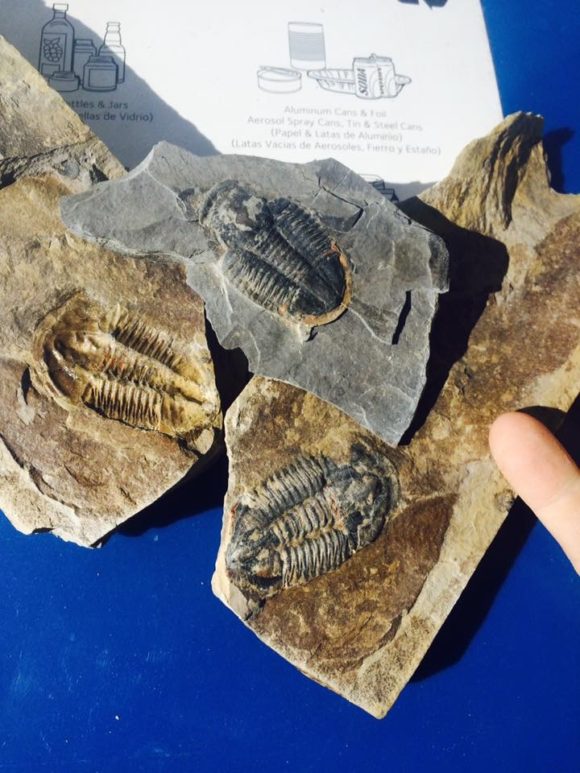
Photos from the mine operators. The operators state on their site that the pile represents approximately the finds from just two days of basic digging! The trilobite specimens in matrix show what you might find splitting rocks
What is a Trilobite?:
Trilobites are ancient arachnomorph (arachnid-like) class of arthropod invertebrates, meaning they are related to insects, crustaceans, and arachnids. Despite their crustacean like appearance, they are most closely related to spiders, horseshoe crabs, and scorpions. They were among the most diverse classes of life on earth during the lower paleozoic but many became extinct in the Devonian, and were all finally wiped out in the Permian mass extinction event.
Trilobites remain so well preserved in the fossil record because of their hard exoskeletons, which were easily replaced by calcite over time. They range in size and shape greatly from a few millimeters to about a foot long and are found in paleozoic rocks worldwide. Trilobites have large, prominent compound eyes and a pair of flexible, sometimes long antennae as well as many pairs of segmented legs for moving and feeding, similar to a pillbug. Some trilobites had elaborate spines, but those species are not often seen in the Wheeler Shale. Many species could even roll up in a ball for defense. Trilobites were mostly scavengers or sifted through the substrate for food, but there is some suggestion a few species were carnivorous. A great diversity of well preserved species is found in the Wheeler Shale, and the Trilobyte Me! Quarry is an extremely rich source.
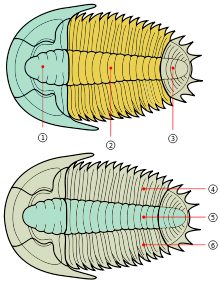
The Trilobite body is divided into three main parts that can be thought of a head, torso, and tail. See the above figure, the head is called the cephalon (1) , the torso is the thorax (2) , and the tail is the pygidium (3). Lengthwise the body is divided into three lobes, the right pleural lobe (4), the axial lobe (5), and the left pleural lobe (6)

Some species of trilobites encountered in the Wheeler Shale. Source: https://u-digfossils.com/trilobites/
Geology and Paleontology:
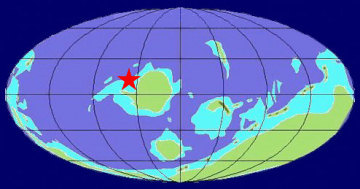
The approximate location of Utah in the early Cambrian period (~505MYA) Source: https://www.trilobites.info/Utah.htm
The Wheeler Shale of Western Utah dates back to the early Cambrian period, representing a period in which oceanic invertebrate life greatly diversified. This unit consists of mudstone, shaley limestone, and a platy limestone. Before the Cambrian, most vertebrates were soft bodied, poorly preserved as fossils, and difficult to classify. The Cambrian is the period where arthropods such as crustaceans and trilobites, cnidarians like jellyfish and corals, and brachiopods came into existence and started to thrive. During this time Utah was located along the equator and the Wheeler Shale is the bottom of a shallow, warm sea. Think of the water being similar to a tropical destination like the Caribbean. That is the type of climate these trilobites thrived in. Elrathia kingi is the commercial trilobite species most sought after by collectors. It is the iconic trilobite from this formation and is one of the most abundant. Elrathia kingi specimens are the most commonly encountered American trilobite on the market. However, there is variety at the Trilobyte Me! Quarry and about 15 genera of trilobite total exist in the Wheeler Shale.
Many unusual fossils including peculiar ancient crustaceans and soft bodied animals have been found in the Wheeler Shale. Some of these fossils are not easily noticeable but may be significant or important. If you see an unusual fossil, even if faint, keep it and try to get it identified. There have been many important fossils of soft bodied animals found in Utah. In addition many fossils of trilobite-like fossils have been found. These organisms are closely related, but not true trilobites.
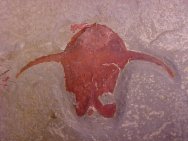
A fossil of a peculiar ancient crustacean from the Wheeler Shale- Pseudoarctolepis sharpi, a Phyllocarid. It is definitely important to look out for strange fossils at the Trilobyte Me! Quarry, you might find something rare and unusual. Source: http://www.fossilmuseum.net/Cambrian-Explosion/Utah-Cambrian-Explosion.htm
Collecting and Supplies:
To collect these trilobite fossils you will be splitting shale, which has a particular technique to it. Hit the shale in the direction it splits with a geologists pick or crack hammer and thin chisel. Use a sturdy tap, when this rock splits, it often happens all at once. For digging in the quarry, bring a prybar, pickaxe, and wedges to remove and split bigger pieces of shale. Also bring a screen to go through finer material, a bucket, gloves, and safety goggles. Bring plenty of food and water, sunscreen, and bug spray. From the High Desert Gems and Minerals website, several collecting options in different price ranges are available, but all give you the experience of digging tons of your own awesome quality trilobites!
Dig Gemstone Fossils
Open Daily April 1 – October 10th 9am – 5pm
No reservations required, just show up, any day!
Basic Trilobite Collecting
Split the shale or screen dirt for shale and find matrix specimens or loose jewelry grade trilobites.
Adults $50
8yrs-14yrs $35
7yrs/ under Free
Quarry Bank Digging
Dig and split shale using hand tools in the actual freshly exposed trilobite bearing shale layers of the quarry
Adults $100
8yrs-14yrs $50
7yrs/ under Free
E x c l u s i v e Digging Options…..
High-End Quarry Bank Digging
Our exclusive digging area reserved for our commercial trilobite operations.
Adults $200
11yrs-14yrs $100
10yrs/ under Free with paying adult
“Trilobite infested” Ore Pile
Our trilobite pay dirt shale dug up with our machinery and put in a pile for your convenience to sort.
$150/ pile
Price includes whole family
High-Grade “Trilobite Swarm” Ore Pile
Our exclusive commercial trilobite bearing shale dug up with our machinery and put in a pile for your convenience to sort.
$300/ pile
Price includes whole family
Directions: See Map
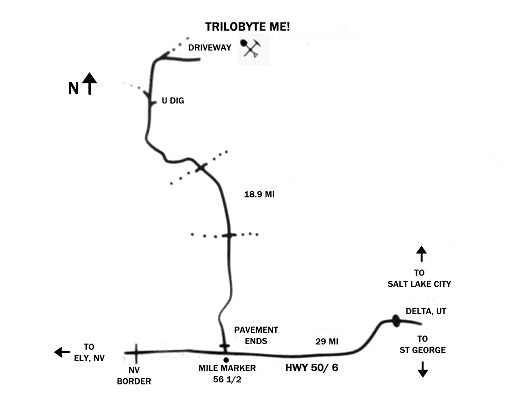
Driving Directions
From the West: use Hwy 50 in Nevada at the state line border drive 56 miles into Utah.
From the East : use Hwy 50/ 6 out of Delta, Utah drive West 29 miles.
On Hwy 50/ 6 at mile Marker 56 & 1/2 turn onto dirt road North (Known as Long Ridge Reservoir Road).
0.0 reset odometer at the U-Dig Fossils sign/ cattle guard.
4.9 drive over cattle guard.
6.3 drive over another cattle guard.
Slow down! for tight curves in road.
10.1 intersection for Margum Pass sign.
15.0 intersection for Swasey Spring sign.
Slow down! curvy road.
18.8 intersection for U-Dig and Death Canyon, stay on road as it bears right.
18.9 immediate right turn into driveway of Trilobyte Me! Quarry.
Parking: cars continue on through the gate, RVs and trailers park before gate!
Follow these directions! The internet may get you lost!
Accomodations: Free camping and RV accomodation on site! Pet friendly! Bring your own food and water. There are hotels near Delta, Utah also available. Rancher Motel (435) 864-274, Delta Inn Motel (435) 864-5318, Days Inn (435) 864-3882, Antelope Valley RV Park (800) 430-0022
Sources:
https://www.highdesertgemsandminerals.com/html/trilobyte_me_quarry.html
http://www.fossilmuseum.net/Cambrian-Explosion/Utah-Cambrian-Explosion.htm
https://www.trilobites.info/Utah.htm
